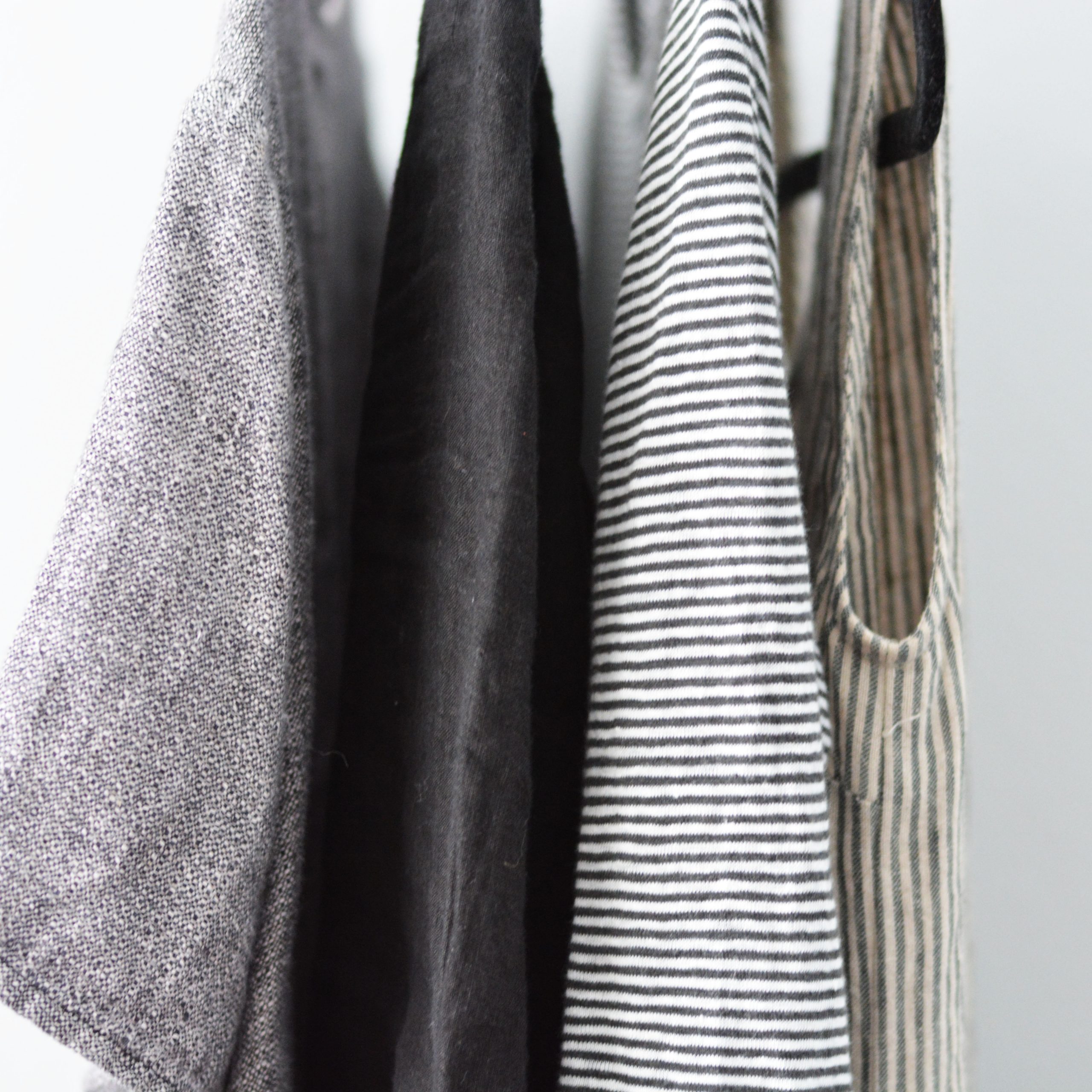
Identifying the type of fabric is a crucial skill for anyone working in the textile industry, fashion design, or even for everyday consumers looking to make informed choices about their clothing purchases. Understanding the characteristics and properties of different fabrics can help you determine their quality, care instructions, and potential uses. In this blog post, we will delve into the methods and techniques used to identify various types of fabrics accurately.
- Visual Inspection:
The first step in identifying a fabric is through visual inspection. Look closely at the fabric's texture, weave, and finish. Different fabrics have distinct visual characteristics that can help you narrow down the possibilities. For example, cotton fabrics often have a soft, natural feel with visible weave patterns, while silk fabrics have a smooth, lustrous appearance. - Burn Test:
One common method used to identify fabrics is the burn test. By carefully burning a small piece of fabric and observing the flame, smoke, and residue, you can determine the fabric's composition. For instance, natural fibers like cotton and linen will burn quickly and leave behind ash, while synthetic fibers like polyester will melt and produce a hard bead. - Chemical Tests:
Chemical tests can also be employed to identify fabrics accurately. Using specific reagents or solutions, you can test how the fabric reacts to different chemicals, helping you determine its composition. For example, a fabric containing protein fibers like wool will dissolve in a solution of bleach, while cellulose-based fibers like cotton will not. - Microscopic Analysis:
For more advanced fabric identification, microscopic analysis can be utilized. By examining the fabric under a microscope, you can observe the fiber structure, yarn construction, and any unique characteristics that may indicate the fabric type. This method is particularly useful for identifying blends or complex weaves. - Consultation with Experts:
In cases where visual inspection and tests are inconclusive, consulting with textile experts or professionals can provide valuable insights. Textile scientists, fabric technologists, or experienced seamstresses can offer their expertise in identifying fabrics based on their knowledge and experience.
Conclusion:
Identifying the type of fabric is a skill that requires a keen eye, attention to detail, and a good understanding of textile properties. By combining visual inspection, burn tests, chemical analysis, microscopic examination, and expert consultation, you can accurately determine the composition of different fabrics. Whether you are a fashion designer, textile enthusiast, or simply a curious consumer, mastering the art of fabric identification can enhance your appreciation for textiles and empower you to make informed decisions in the world of fabrics and fashion.